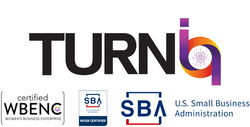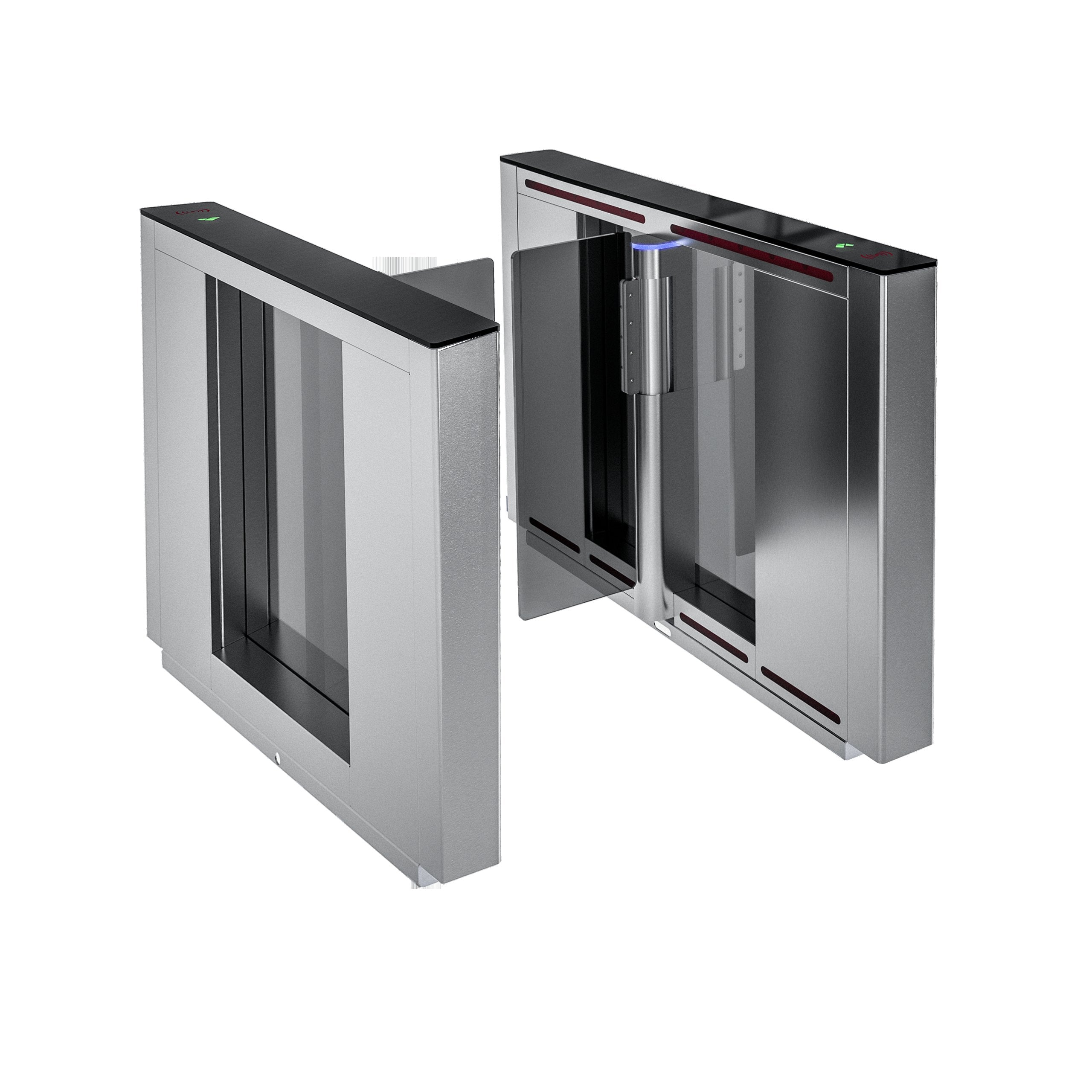Swing Gates in Access Control: Flexible and Accessible Entry Solutions
While turnstiles and speed gates handle most pedestrian traffic, facilities also need solutions for wheelchair users, strollers, deliveries, and visitors. That’s where swing gates come in — providing wider, flexible entryways without compromising security.
What Are Swing Gates?

Definition
Swing gates are motorized or manual barriers that open like a door, allowing authorized passage through a wider lane than standard turnstiles.
Best Uses
-
ADA accessibility
-
Visitor and VIP entry
-
Staff carrying equipment or carts
-
Emergency exits and alternative entry lanes
Benefits of Swing Gates
Accessibility
Ensure compliance with ADA and international accessibility standards.
Flexibility
Handle unusual or bulky entries that tripod or speed gates cannot.
Seamless Integration
Works with the same access control systems as turnstiles — RFID, biometrics, or mobile apps.
Modern Design
Available in glass-panel and stainless-steel finishes to match speed gates or optical turnstiles.
Cost of Swing Gates in 2025
-
Basic models: $3,000 – $4,500 per unit
-
Premium glass-panel models: $5,000 – $7,000+ per unit
-
Installation: $1,000 – $2,500
FAQ: Swing Gates
Are swing gates secure?
Yes, when integrated with access control systems, they prevent unauthorized entry just like turnstiles.
Do they replace turnstiles?
No — they complement them by handling special access cases.
Can swing gates be used outdoors?
Yes, weatherproof models are available, though they’re most common indoors.
Why Choose TurnIQ?
TurnIQ’s swing gates are designed to complement Fast Pass speed gates and TitanX turnstiles, ensuring both accessibility and style.
Looking for ADA-compliant access control? Contact TurnIQ to explore swing gate solutions.
Conclusion
Swing gates make access control systems more inclusive, flexible, and user-friendly. By integrating them with turnstiles, facilities achieve both security and accessibility.





